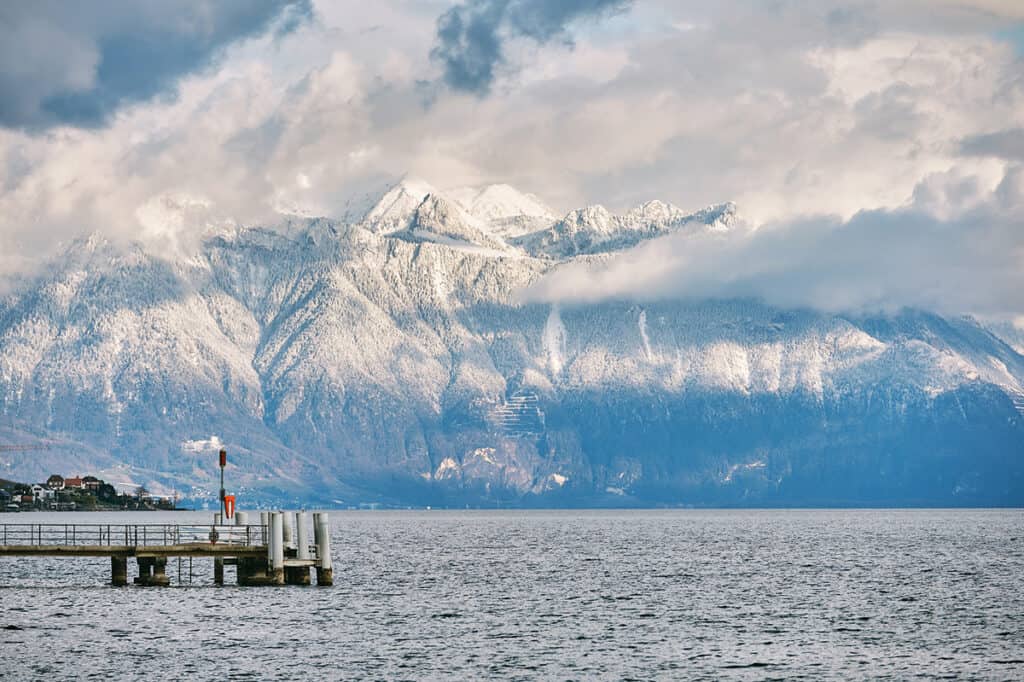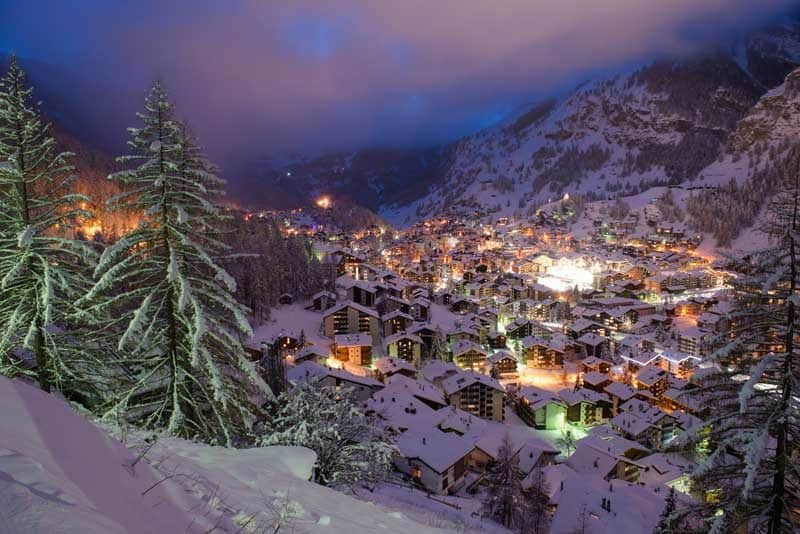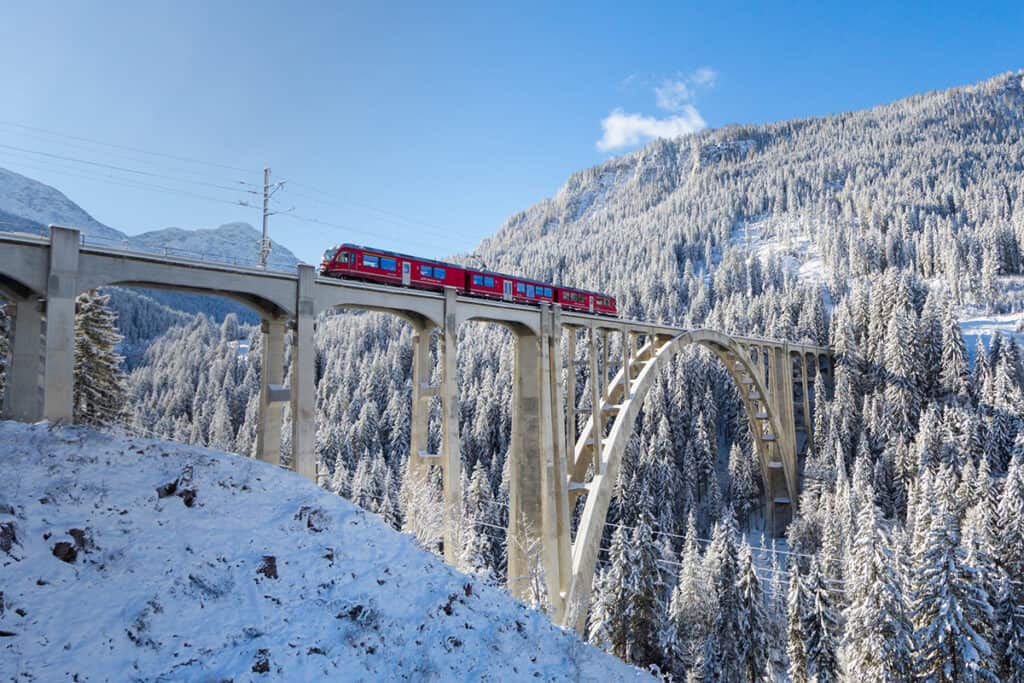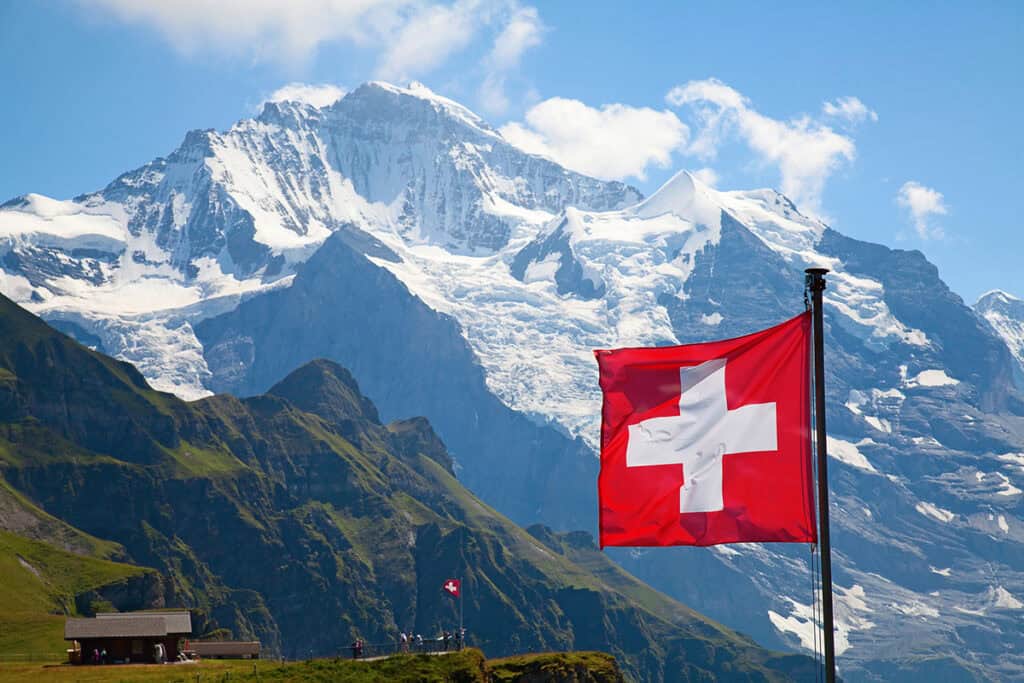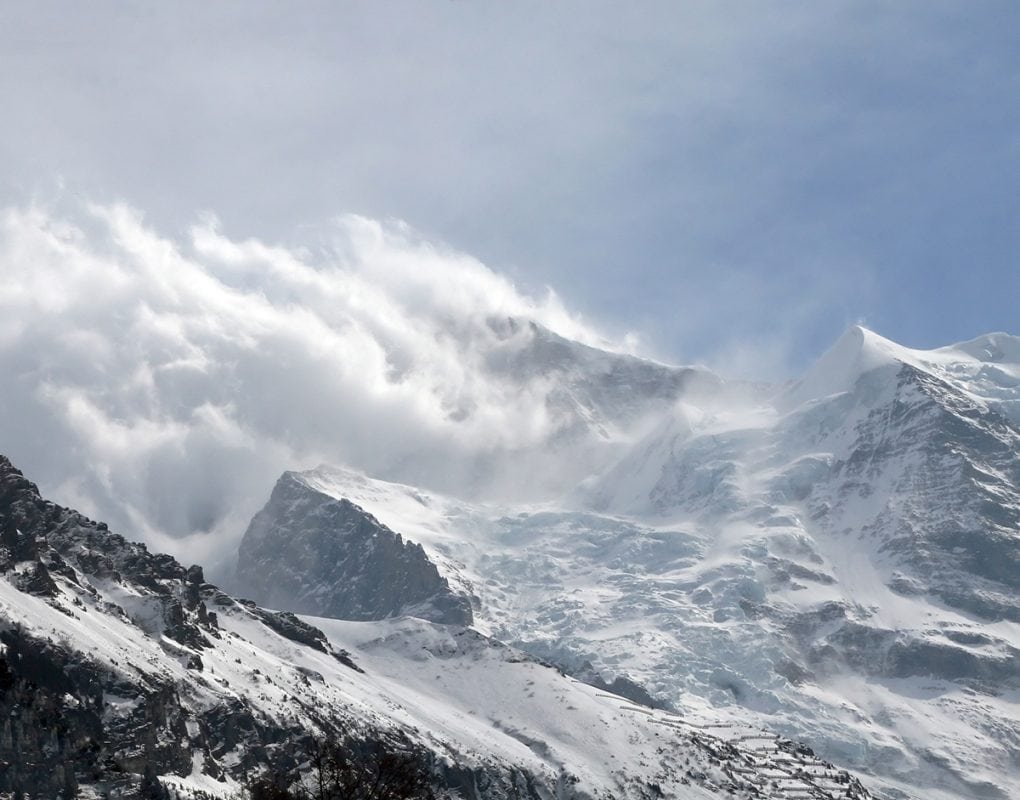You’re in for a journey through the picturesque landscapes of Switzerland, guided by the rhythm of its frosty seasons. Imagine, if you will, the breathtaking view of snowy peaks, the crisp crunch of fresh snow underfoot, and the serene silence that only a snowy day can bring. As you’ll soon discover, understanding when it snows in Switzerland is key to harnessing the full magic of this enchanting winter paradise.
Understanding Switzerland’s Climate
Switzerland is a landlocked country situated in Central Europe, famous for its varied climate due to its diverse geography. The Swiss climate is generally categorized as temperate, but can vary greatly due to the nation’s vast array of landscapes.
General Characteristics of Switzerland’s Climate
In Switzerland, you will experience a mix of climates, from the oceanic climate in the northwest to the continental climate in the interior and Alpine climate in the mountains. Summers can be warm to moderate, with temperatures reaching upwards of 25 degrees Celsius, while winters tend to be cold with temperatures dipping into the negatives, especially in higher altitudes.
Influence of Altitude on Climate
Altitude plays a significant role in the Swiss climate. As you ascend, the climate cools, transforming into a snow-laden Alpine climate. The higher regions remain snow-covered for a better part of the year, turning into a winter wonderland.
Climate Zones in Switzerland
The Swiss landscape is divided into three main climate zones: the Jura, the Plateau, and the Alps. While the Jura experiences a typical sub-Continental climate, the Plateau demonstrates a more temperate Oceanic climate. The Alps are a realm unto themselves with their unique Alpine climate, characterized by heavy snowfall during winters and pleasant summers.
Snowfall Patterns in Swiss Alpine Region
Understanding patterns of snowfall in the Swiss Alpine region is a fascinating exercise.
Overview of Alpine Weather
The weather in the Swiss Alps is colder than other regions, with snowy winters and mild summers. The major snowfall typically begins around late November, lasting through April, though outlier snowstorms might occur outside this window.
Average Snowfall in Alpine Region
On average, the Swiss Alps receive over six meters of snowfall per annum. However, this can vary drastically from one area to another, with some areas getting as much as ten meters of snow.
Common Snowfall Periods in Alpine Region
Snowfall in the Alpine region generally starts in late November and continues until April. The heaviest snowfall often occurs in January and February, providing ideal conditions for winter sports like skiing and snowboarding.
Snowfall in Zurich
Zurich is the largest city in Switzerland, nestled in the Swiss Plateau.
General Weather in Zurich
Zurich has a moderate continental climate. Winters can be chilly, with temperatures often falling below zero. Snowfall is a common occurrence, although not as abundant as in the Alpine regions.
Average Snowfall in Zurich
Typically, Zurich experiences around 34 days of snowfall in a year, with an average accumulation of about 60 centimeters. While snowfall can occur from November to April, it’s most common in January and February.
Common Snowfall Periods in Zurich
The majority of snowfall in Zurich occurs during the coldest months of the year, namely January and February. However, the city has witnessed snowfall as late as April.
Snowfall in Geneva
Geneva, a city situated at the French border of Switzerland, also experiences a fair amount of snowfall.
General Weather in Geneva
Geneva experiences a temperate climate. Its winters are cold and snowy, while summers are warm and occasionally hot.
Average Snowfall in Geneva
Geneva receives an average of 32 days of snowfall per year, totaling up to 45 centimeters of snow. The city usually experiences snowfall from late November to early March.
Common Snowfall Periods in Geneva
The most consistent snowfall in Geneva happens between December and February. However, periods of snowfall can stretch out to early March.
Snowfall in Bern
Bern is the federal capital of Switzerland and known for its characteristic continental climate.
General Weather in Bern
Bern experiences four distinct seasons, with winters that can be quite cold and summers that are pleasant. Rainfall is spread throughout the year but is often accompanied by snowfall in the winter season.
Average Snowfall in Bern
Bern typically witnesses approximately 30 days of snowfall each year with an average snow accumulation of 41 centimeters.
Common Snowfall Periods in Bern
Snowfall in Bern usually starts in mid-December and persists until early March. However, most snowfall occurs in January and February.
Snowfall in Lucerne
Situated in central Switzerland, Lucerne has a mixed climate.
General Weather in Lucerne
Lucerne experiences a temperate four-season climate with chilly winters and moderate summers. Winter temperatures often dip below freezing.
Average Snowfall in Lucerne
On average, Lucerne witnesses about 25 days of snowfall annually, amassing around 44 centimeters of snow.
Common Snowfall Periods in Lucerne
Snowfall in Lucerne is commonly experienced between December and February. However, it can occur as early as November and as late as April.
Best Time for Winter Sports in Switzerland
Winter sports are a significant contributor to Switzerland’s tourism industry.
Snowboarding and Skiing Season in Switzerland
The snowboarding and skiing season in Switzerland typically begins in late November and continues till April. The best time to visit for these activities is any time from December to February, when the snowfall is heaviest.
Ice Skating Season in Switzerland
Ice skating in Switzerland is best enjoyed from late December to early March. Many towns, including Zurich and Geneva, play host to numerous outdoor ice-skating rinks during these months.
Snowshoe Walking Season in Switzerland
Snowshoe walking, another popular winter activity in Switzerland, is best enjoyed from late December to early March. It’s a wonderful way to explore the stunning Swiss landscapes blanketed in snow.
Effects of Snowfall on Swiss Lifestyle
Snow plays a significant role in shaping the Swiss way of life.
Impact on Transportation
While snow can sometimes affect transportation, the Swiss are well equipped to deal with wintry weather. Roads, rail lines, and airports are quickly cleared, continuing normal function even during heavy snowfall.
Role in Tourism Industry
Switzerland’s world-famous ski resorts and winter sports activities draw millions of tourists each year, making snow not only a weather phenomenon but an important economic driver.
Impact on Local Culture and Customs
Snow has a major influence on local culture, with customs ranging from snow-related festivals to snow architecture and ice sculpture. The Swiss people truly know how to embrace and celebrate their winter wonderland.
Understanding Snowfall Predictions and Forecasts
As a country with significant winter activity, understanding snowfall predictions and forecasts is vital.
How Snow Forecasts Work
Snow forecasts leverage data like temperature, air pressure, and humidity combined with topographical information to predict snowfall. These models are instrumental in planning for winter sports and organizing local transport.
Reliable Sources for Snowfall Forecasts in Switzerland
Swiss meteorological services such as MeteoSwiss and SRF Meteo are reliable sources for snowfall forecasts. They provide up-to-date and detailed forecasts helping locals and visitors plan accordingly.
Common Signs of Imminent Snowfall in Swiss Regions
Local wisdom and generations of observations have led to the recognition of several signs of imminent snowfall. A drop in temperature, a change in the wind direction, and a certain heaviness in the air are commonly associated with upcoming snow.
Addresses Climate Change and Snowfall in Switzerland
Climate change is a pressing concern worldwide, and Switzerland is no exception.
Effects of Global Warming on Swiss Snowfall Patterns
The general consensus is that global warming is gradually altering snowfall patterns in Switzerland. Winters have been recorded to be shorter with less consistent snowfall. This has raised concerns about the future of winter sports and tourism.
Efforts to Mitigate Climate Change in Switzerland
Switzerland is making concerted efforts to combat global warming. It has committed to reducing greenhouse gas emissions, promoting renewable energy, and improving energy efficiency.
Long-term Predictions for Snowfall in Switzerland
Predicting long-term weather patterns is challenging due to the complex interaction of multiple factors. However, researchers are working on models to understand the impact of global warming on snowfall in Switzerland better.
In conclusion, understanding Switzerland’s snowfall patterns is a fascinating endeavor, intertwined with the nation’s culture, economy, and way of life. As an essential feature shaping the Swiss lifestyle and the country’s scenery, snow in Switzerland delivers a true winter wonderland experience.

